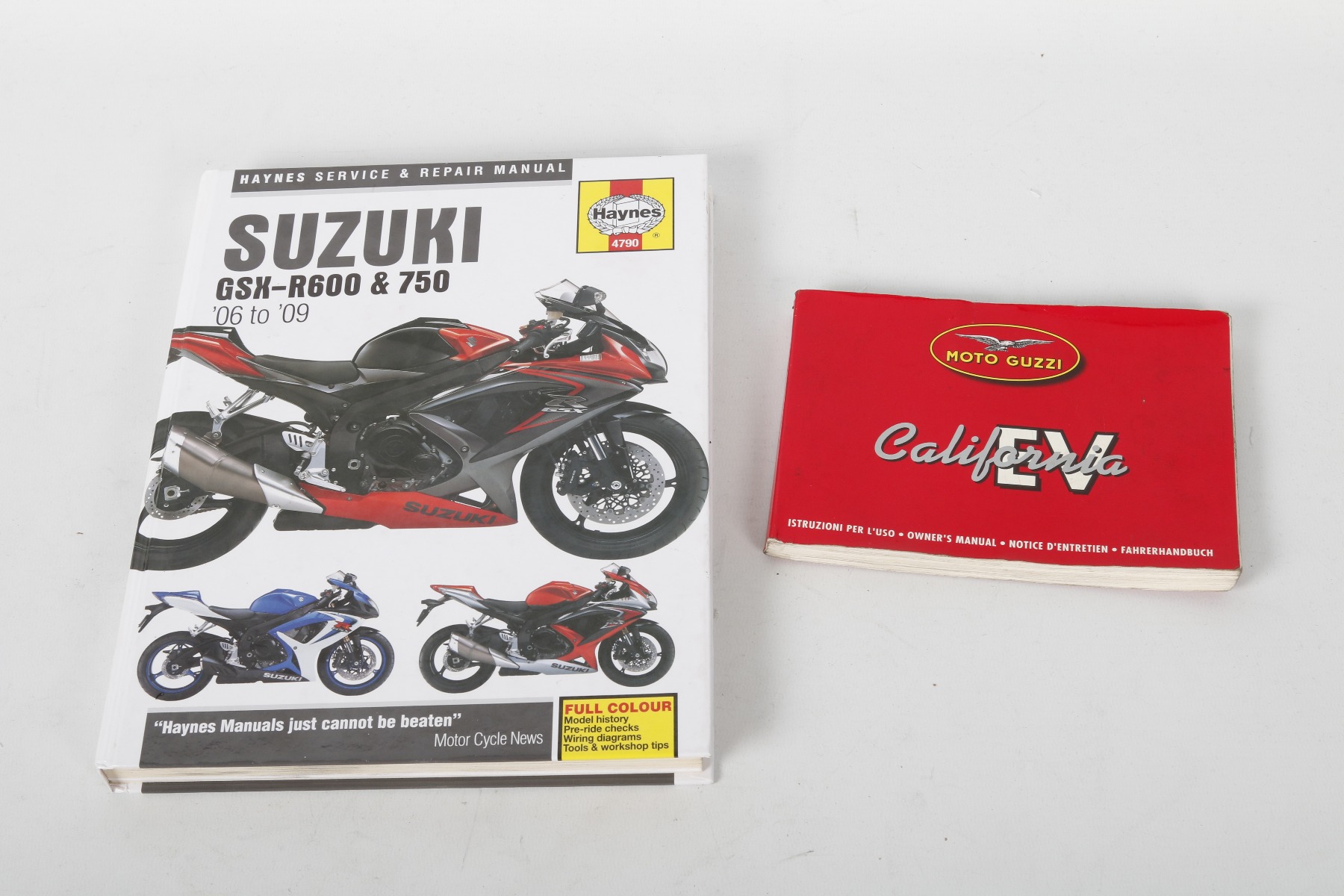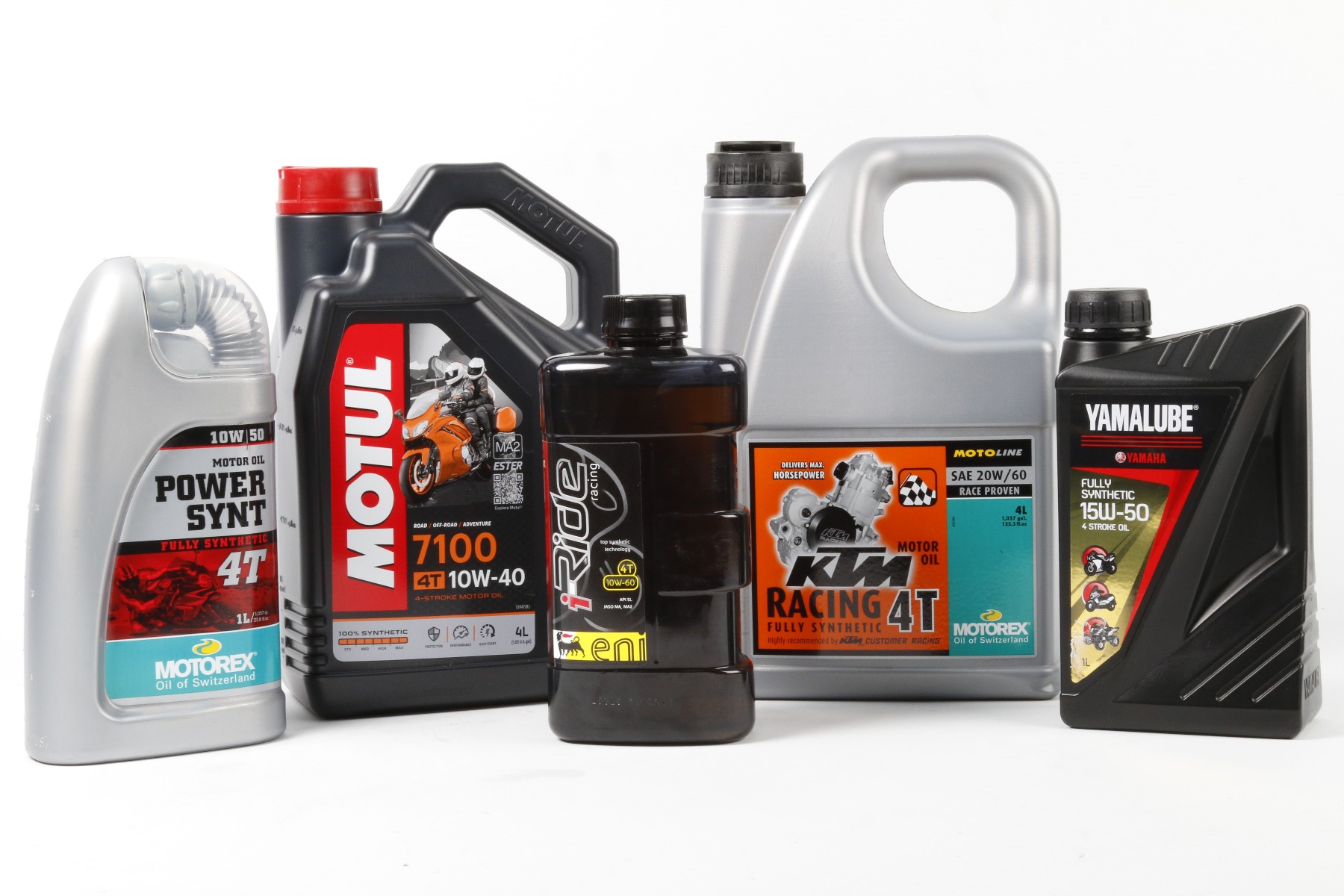An Introduction to Motorcycle Servicing
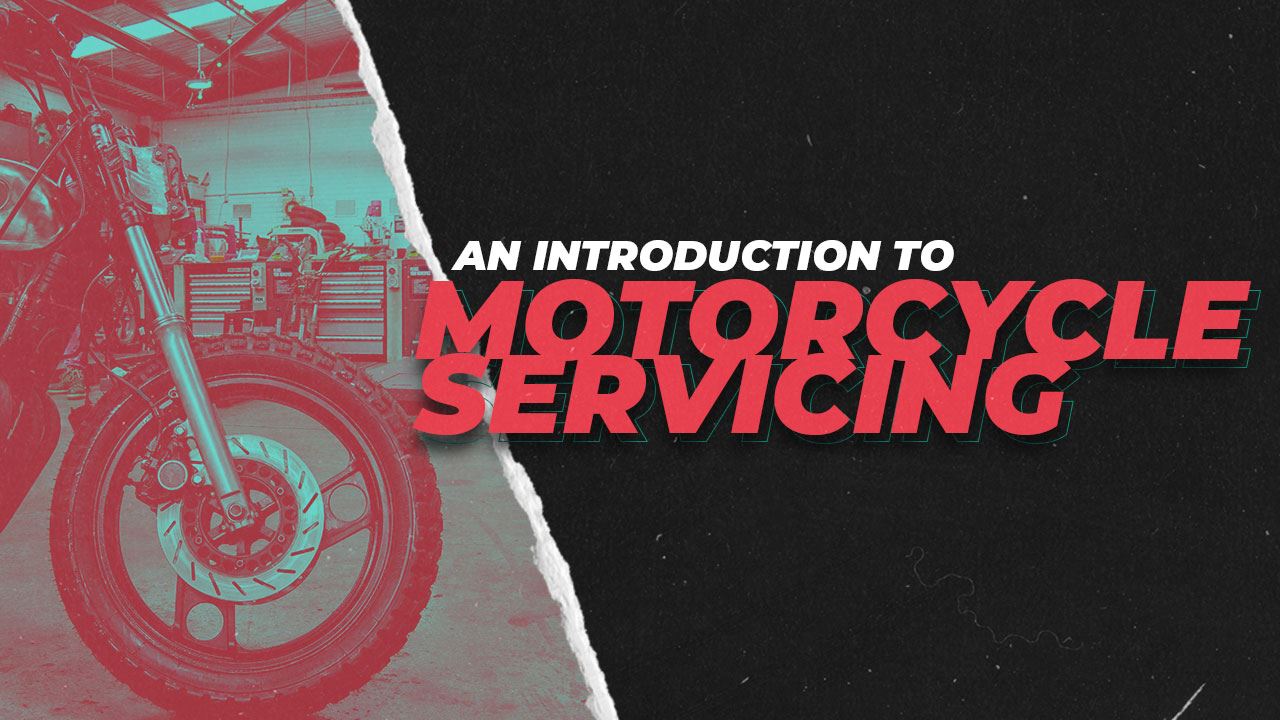
SO YOU WANT TO SERVICE YOUR BIKE
As an introduction to a multi-part series on How To Service your own Motorcycle we look at the concept of DIY servicing, what it means to the rider and their relationship with the bike, and what you will need to make a start. There is a lot more to it than the obvious benefit of saving money. There is the sense of achievement, the knowledge and the skill, the confidence, the self-reliance, and the independence. And you save money.
The series itself looks at the basic checks that you should be making before every ride, the checks you should be making weekly or every 300 miles and monthly or every 1000 miles, and what you do for a full minor service and a full major service.
The World of Motorcycle Maintenance
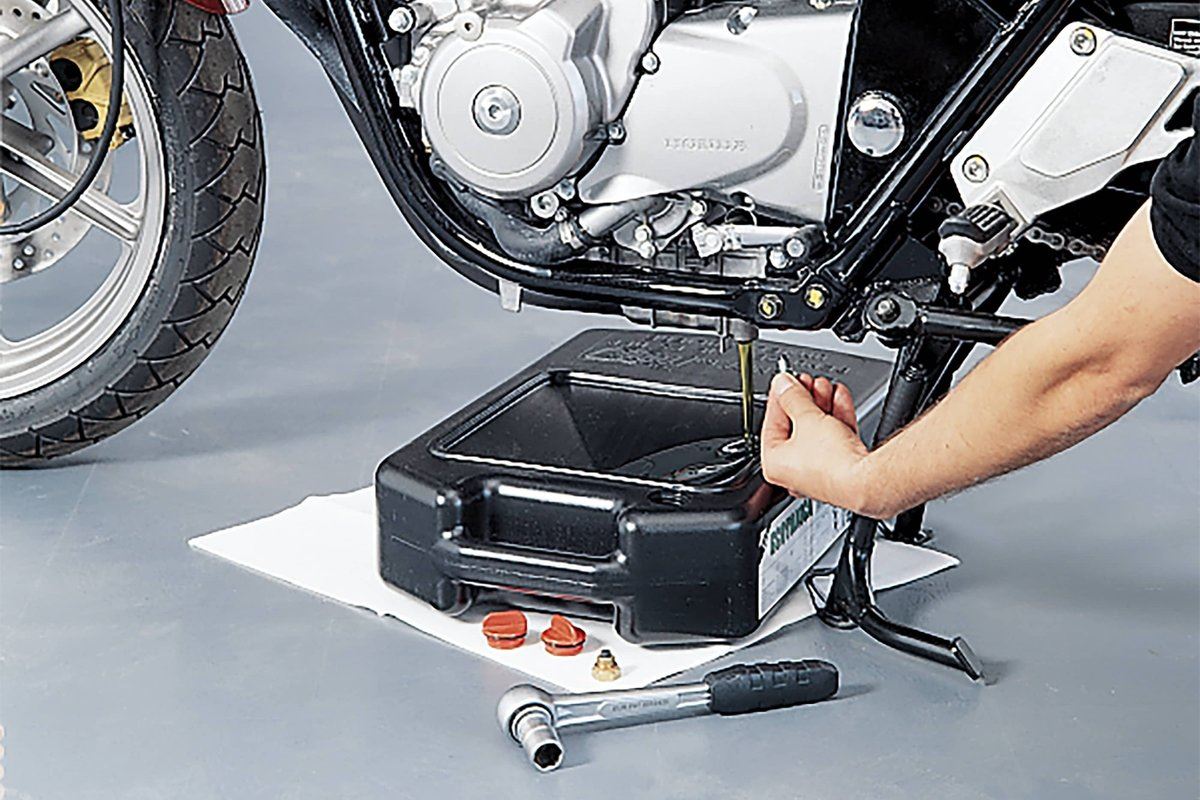
I doubt there is a rider out there that wants to break down in the cold, the dark and the wet, especially without a clue how to fix the broken bike. But if you don’t know your bike, or service it regularly, or know where to start if it does let you down, then it is likely that at some point that will happen. The sooner you understand your bike’s components and systems and how they work, the better prepared you are if trouble occurs. And maintaining and regularly servicing your motorcycle prevents many problems from happening in the first place. It also helps to preserve the bike’s value.
“A Motorcycle functions entirely in accordance with the laws of reason, and a study of the art of motorcycle maintenance is really a miniature study of the art of rationality itself.” – Robert M. Pursig, from ‘Zen and the art of Motorcycle Maintenance’.
Do not be afraid or put off if you are starting from scratch as having the interest and the desire, along with some patience, is enough. If you have a friend who knows a bit, ask him or her to be with you when you first start and to show you how to do things, or watch while they service their own bike. Take some photos and make some notes. You could even sign up for a course. If you have a handbook or manual use it to establish what you need to do and read through on how to do it, and familiarise yourself with all the components, where they are and what they do, before you actually do anything. When you translate the theory into practice all will become clear. Get to know your bike, and over time you will get to understand it. There is no substitute for experience.
Remember that your bike is a living, breathing entity, it has a life and a purpose, so treat it well. It is just as complicated as you are, but in a different way. The bike is there to serve your needs, but to keep it serving those needs you must know what it needs.
To again quote Robert M. Pirsig from ‘Zen and the Art of Motorcycle Maintenance’: “Each machine has its own unique personality, which probably could be defined as the intuitive sum total of everything you know and feel about it. This personality constantly changes, usually for the worse, but sometimes surprisingly for the better, and it is this personality that is the real object of motorcycle maintenance”. I am not sure I totally agree with Mr. Pursig in his belief that a bike’s personality changes usually for the worse. For sure with age and mileage things tarnish and wear, and they will do so more quickly if you do not service and maintain them, but we also adapt and add to our bikes to improve and personalise, and hopefully perfect, them, and while not all projects go according to plan, certainly the intention is always for the better.
Again according to Mr. Pursig, there is no manual that deals with the real business of motorcycle maintenance, the most important aspect of all, which is caring about what you are doing. It is, according to him, considered either unimportant or taken for granted. But it is the difference between being a craftsman or a cowboy, ‘a job well done‘ or ‘it’ll do’. I believe that most motorcyclists care about their bike, and if you care about it then caring for it, and caring about how you care for it, should come naturally. That care we gain and nurture by working on our bikes, it is a relationship that develops, and if you don’t yet have that with your bike then start to build it now. You won’t be disappointed.
Before you start
Stuff you will need
To work on your bike you need tools, the first and most important of which is an adequate supply of gumption. If you haven’t got that you might as well gather up all your other tools and put them away, because they won’t do you any good. Gumption is the psychic gasoline that keeps the whole thing going. If you haven’t got it, let someone who has service your bike. But if you have got it and know how to nurture it and make it develop and grow it, your motorcycle will always be well serviced. Anxiety that you’ll do everything wrong is a gumption trap and leads to a fear of doing anything at all. Ignore this, start simple, take it slowly, and work your way up to progressively more involved tasks as your confidence grows.
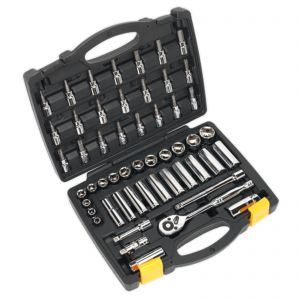
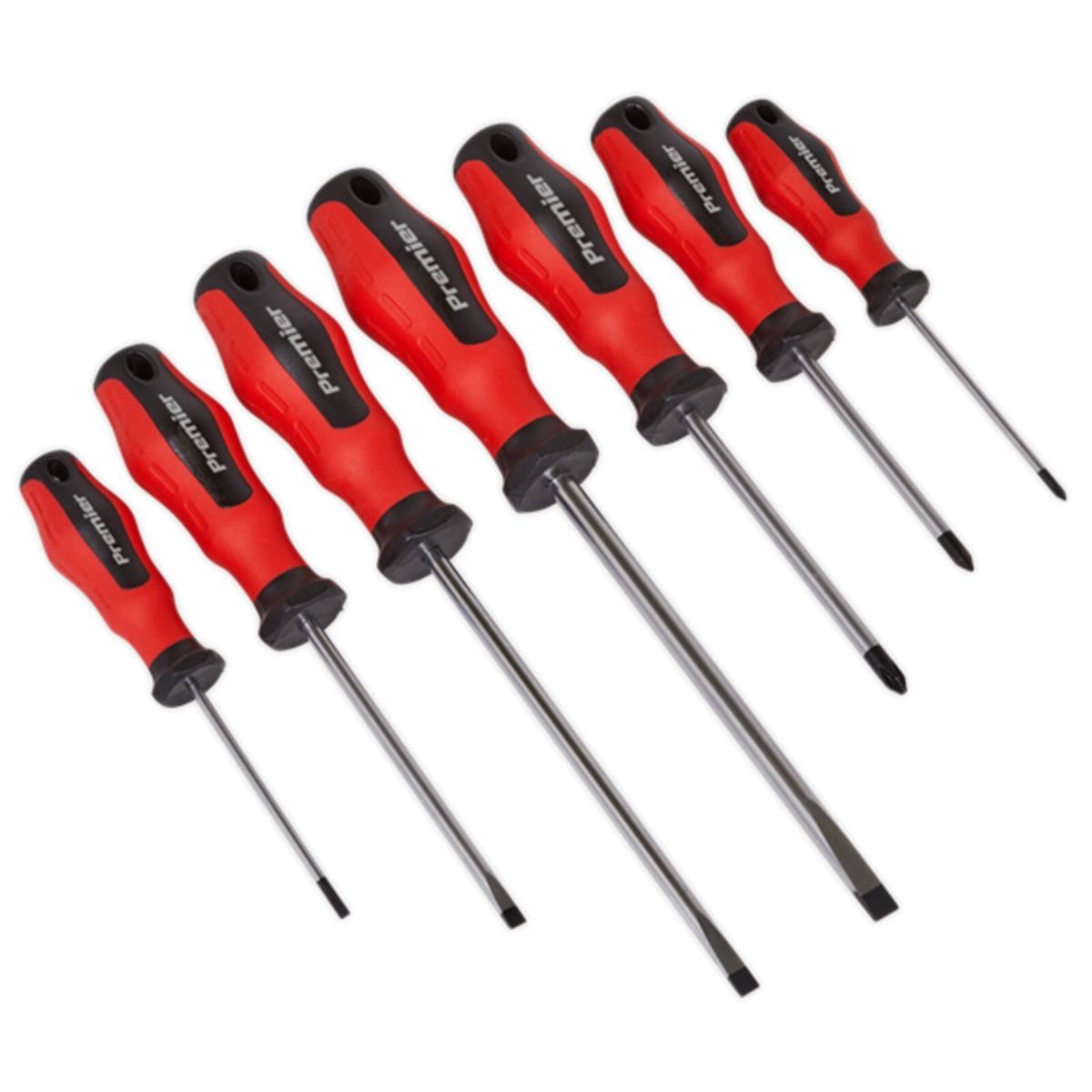
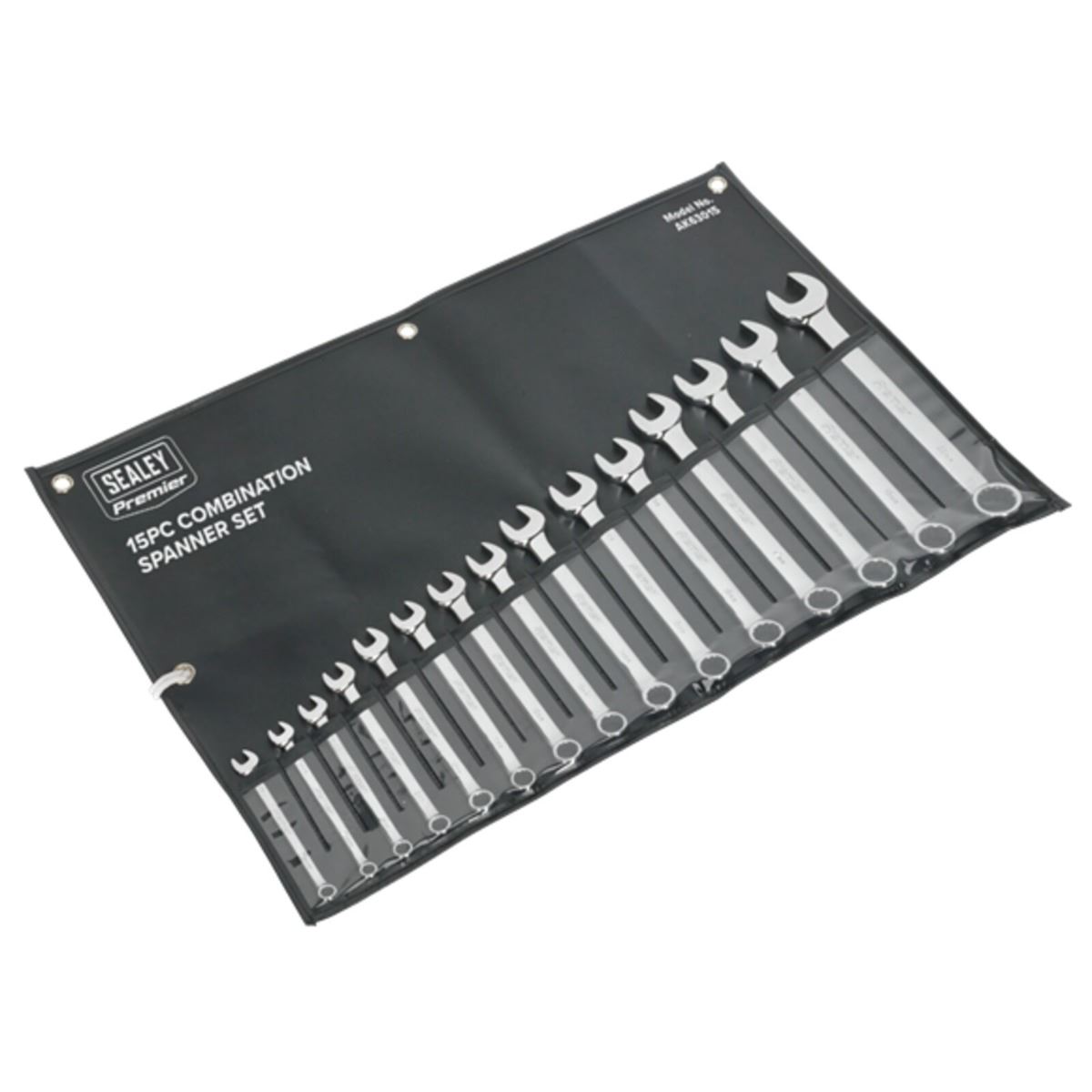
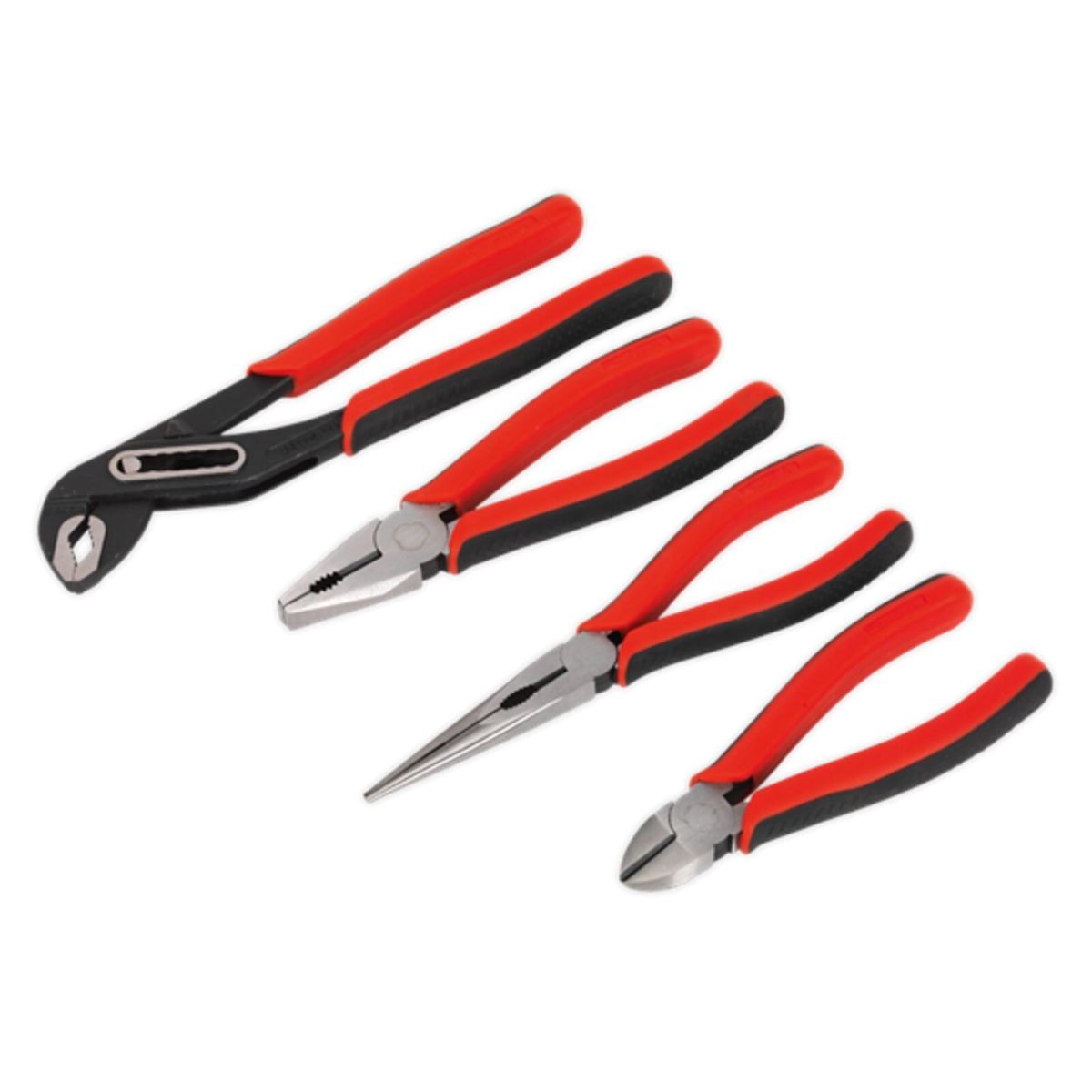

What other tools you need depends on the bike you ride and what you intend to do to it. A good place to start is with a set of sockets, a set of spanners, a set of hex bits or keys, and a selection of screwdrivers and pliers. Think of it as getting lots of new toys to play with! If possible, get a friend who knows what they are doing to guide you around the various nuts, bolts and screws that you may need to tackle and the best tools to tackle them with. Do not rely on the toolkit that your bike may or may not come with, they are generally lacking in both their usefulness and their quality. You will need a tyre pressure gauge. And you will need to start building a collection of what is known in the trade as workshop consumables, things like chain cleaner and lubricant, general spray lubricant, grease(s), rag, hand cleaner, etc.
An invaluable tool even for a seasoned mechanic is a full workshop manual. Even if you know the procedures inside out you will never remember all the specs and torque settings and these are all given. Manufacturer’s manuals can be expensive but are sometimes the only option. The alternative, if available for your bike, is a manual from a specialist publisher such as Haynes or Clymer, and their manuals are in many ways preferable as they are written with the novice mechanic in mind.
https://motorcyclepartswarehouse.co.uk/workshop/tools.html
https://motorcyclepartswarehouse.co.uk/servicing/lubricants-fluids.html
Good workshop practice

Be organised and tidy with your tools and keep them clean. Using your tools is about feel and the interaction of you, the tool and the bike. Make notes and take photographs of anything that you might forget when you put things back together, for example where the longer bolts go in the cover you just removed, the earth lead that is secured by the bolt you just undid, or which spark plug lead attaches to which plug. Keep removed parts laid out in a logical and organised way - a little extra time taken now could save you hours later. Clean everything before putting it back on the bike. And if things aren’t all going according to plan, walk away for a bit. Don’t get frustrated or angry as that is when things can go from not too bad to very bad indeed. You will make mistakes and even create new problems but remember that from every mistake you will learn something.
Keep a concise record of what you do and when and include the mileage. Schedule what you need to do next and when or at what mileage and set yourself reminders. Keep all receipts of parts bought and details of all work done, including by anyone else. Having a good and complete service history will serve you well if you sell the bike.
The service schedule
The manufacturer devises a service schedule that dictates what needs to be done and when, either by mileage or time or both. But that does not mean that things will not need doing in between times. That is where knowing your bike comes into play as you will develop a feel for when something extra needs to be done, a slight adjustment here, a bit of lubrication there.
Most bikes come with a handbook/owner’s manual when new. If you have just bought a second-hand bike and it does not come with its handbook, order one from a dealer. They vary in their usefulness from one manufacturer to another but the majority contain the service schedule along with some specifications such as what oil to use and what your tyre pressures should be, along with some guidance on how to tackle basic procedures. Use this information as it is specific and tailored to your bike.
Just bought a bike?
If you buy a brand-new bike then you may think that while it is under warranty you are spared the burden of responsibility and to an extent that is true, but you still need to keep an eye on things like your tyre pressures, chain tension and lubrication, and oil, coolant and brake fluid levels. If in doubt ask your dealer not only about what you can and should do, but also what you can’t and shouldn’t do, as the last thing you want to do is invalidate your warranty.
If you buy a second-hand bike in good condition and with a full service history from a reputable dealer, by referring to the service schedule in the handbook along with any records from the previous owner you can easily work out what, if anything, needs to be done straight away, and what needs to be done in the near future.
If you buy an ageing second-hand bike with many miles on the clock and little or no service history from someone you don’t know then give the bike a full service and a thorough check-over before you use it. If you are a maintenance novice get a qualified mechanic to do it for you as there will be elements of it, such as changing the brake fluid and checking the valve clearances, that are beyond your current knowledge level.
What to do and when

The following is a general list of things you need to do, along with some guidance as to how often you should do them, but use the manufacturer’s schedule in the handbook along with some common sense to work out for yourself how often you need or want to check things based on how much you use the bike and in what conditions.
Pre-ride checks:
- Tyre pressures
- Engine oil level – 2-stroke engines
- Engine oil level – 4-stroke engines
- Coolant level
- Lever, pedal and throttle function
- Check all the lights and the horn work
- Check you have enough fuel
Weekly/300 mile checks:
Carry out the pre-ride checks, plus the following:
- Drive chain lubrication
- Drive chain slack
- Tyre wear and damage
- Fluid leakage
- Brake fluid levels
- Clutch fluid level (hydraulic clutch)
Monthly/1000 mile checks:
Carry out the weekly checks, plus the following:
- Chain and sprocket wear
- Brake pad wear (disc brakes)
- Brake pedal freeplay and shoe wear (rear drum brake)
- Throttle cable freeplay
- Clutch cable freeplay
- Battery condition
- Nuts and bolts check
Minor service:
Carry out the monthly checks, plus the following as and when specified by the manufacturer:
- Change the engine oil and filter
- Check/clean the air filter
- Check the spark plug(s)
- Check the cooling system (liquid-cooled engines)
- Check the fuel system and related hoses
- Check the suspension
- Check the wheels and wheel bearings
- Check the steering head bearings
- Check and lubricate cables, brake and clutch levers, brake pedal, footrests and stands
- Check the sidestand and centrestand
- Check the gearbox oil level (bikes with separate gearbox)
- Check the final drive oil level (bikes with shaft drive)
Major service:
Carry out the minor service items, plus the following as and when specified by the manufacturer:
- Fit a new air filter
- Fit new spark plug(s)
- Check the valve clearances
- Check carburettor or throttle body synchronisation (where relevant)
- Lubricate the steering head bearings
- Lubricate the swingarm and suspension linkage bearings
- Change the gearbox oil (bikes with separate gearbox)
- Change the final drive oil (bikes with shaft drive)
- Change the front fork oil
Every two years
This should be done irrespective of the mileage:
- Change the brake fluid
- Change the clutch fluid (hydraulic clutch)
- Change the coolant (IAT type)
Every three years
This should be done irrespective of the mileage:
- Change the coolant (OAT type)
To see the full range of servicing products, parts and accessories available from MPW browse the motorcyclepartswarehouse shop.
